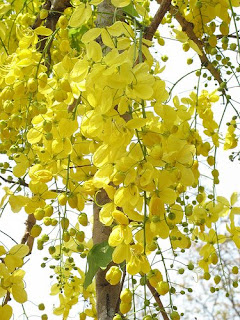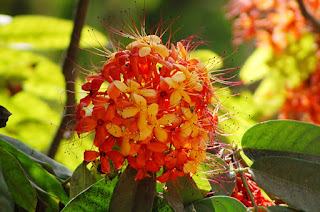ORINITHOGALUM UMBELLATUM : A REMEDY FOR STOMACH CANCER

ORINITHOGALUM UMBELLATUM BOTANICAL NAME: Orinithogallum umbellatum Linn FAMILY: Liliaceae COMMON NAMES: English: Star- of- Bethlehem, Star flower, Summer snowflake. DESCRIPTION: A perennial herb with the leaves all basal and emerging from subterranean bulbs. The leaves are narrowly linear , blunt, fleshy. A leafless scape, about the same length as the leaves also arises from each bulb. 5-6 flowers , borne on pedicles are arranged in a terminal, corymbose cluster on the scape, white in color. DISTRIBUTION: Europe, North America. PART USED: Flowering twigs. HOMOEOPATHIC USES CANCER: Cancer of stomach and intestine. Agonizing pain in stomach. Pain increased when food passes through pyloric outlet. Vomiting of coffee ground looking matter. Distension of stomach. Loss of appetite. Complete prostration. Feeling of sickness keeps patient awake at night. POTENCY: Mother tincture and higher.





